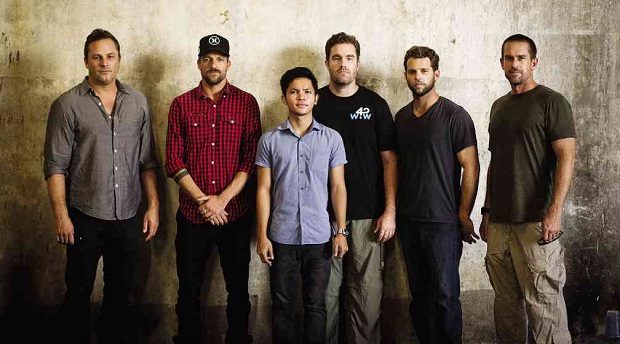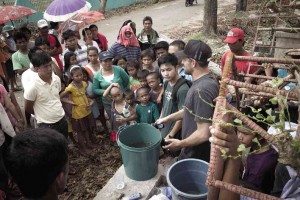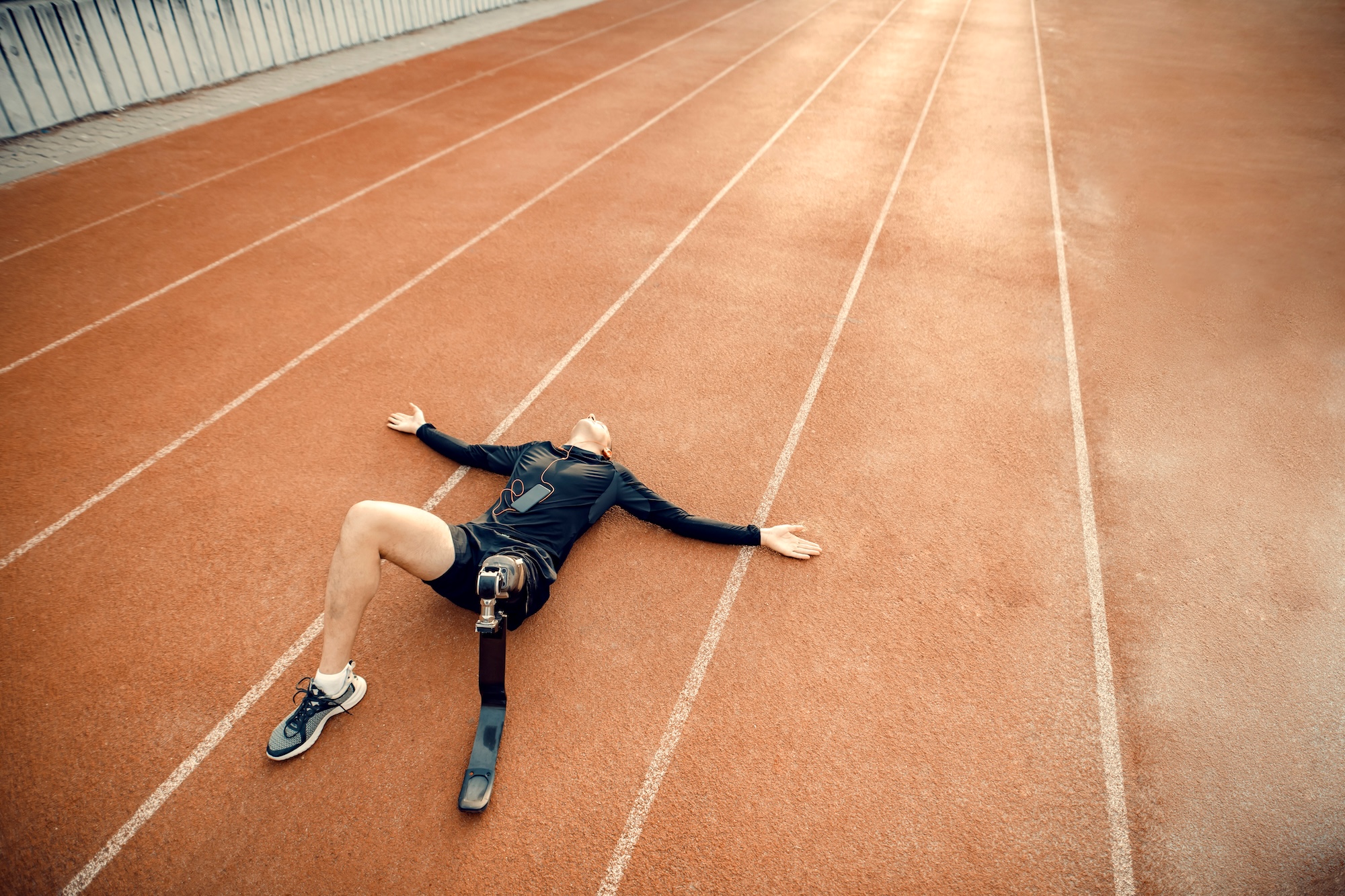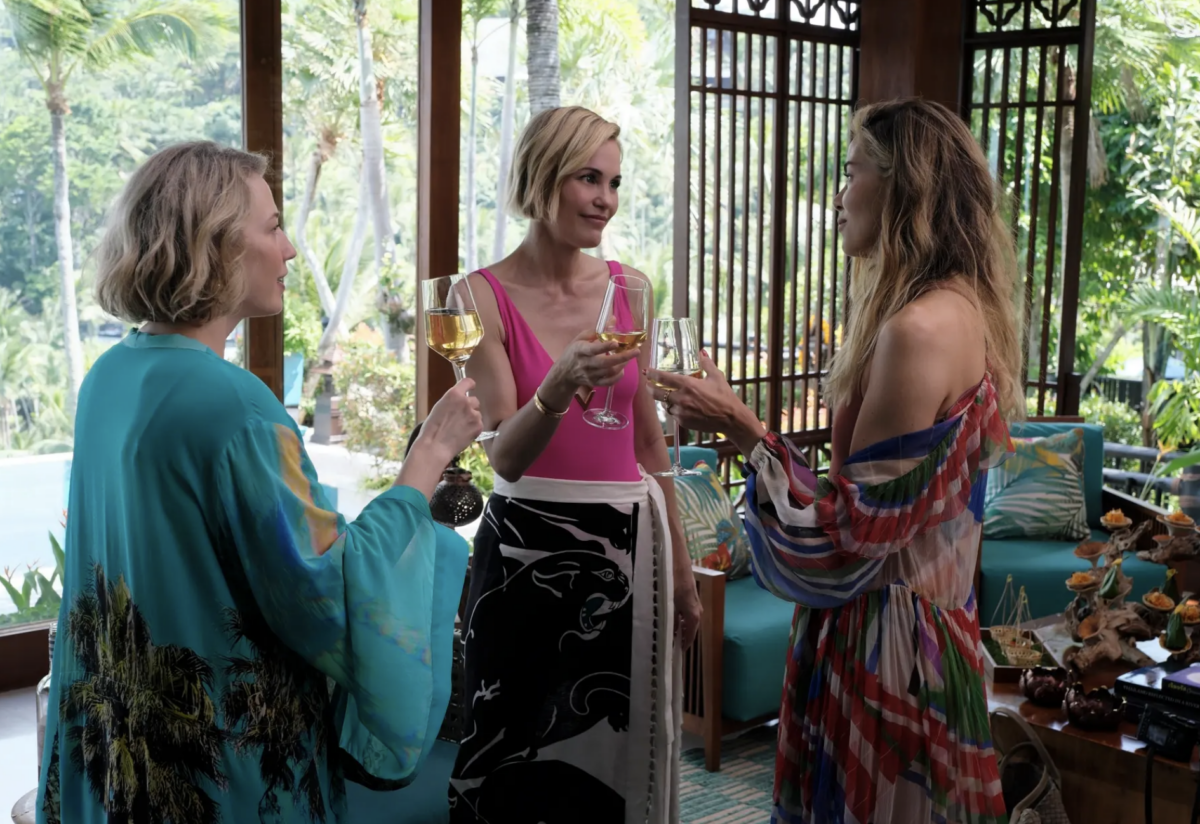
“Dirty water can be transformed to clean, potable water,” says Carlo Delantar, the 21-year-old Cebuano behind Waves for Water Philippines.
Waves for Water, an international nonprofit organization, helps disaster-stricken areas deal with one of the biggest problems in every calamity: access to potable water.
When Supertyphoon “Yolanda” hit the Visayas, Filipinos banded together to help their suffering kababayan. A flood of messages on disaster relief efforts came flowing through online social networks.
One of the posts was from Carla Rowland, a California surfer affiliated with Waves for Water. He tagged Carlo Delantar on Facebook, asking for help in setting up a base in Cebu—the nearest area that could reach the storm-stricken areas.
Survivors desperately needed drinking water because Yolanda had destroyed deep wells, water tanks and filtration equipment in Leyte, Samar and other provinces. Waves for Water volunteers quickly went to work.
The team first landed in Tacloban. “We flew in 200 water filters and met with a mountaineering team,” Delantar recalls.

Compared to individual water bottles, water filters provide a long-term solution to the scarcity of potable water and the potential outbreak of waterborne diseases in a disaster area.
According to a report last year from the United Nations Children’s Fund, almost 90 percent of child deaths are due to diarrheal diseases caused by contaminated water, lack of sanitation or inadequate hygiene. This rate increases when disaster hits.
The 200 filters that Waves for Water brought to Tacloban provided a constant supply of drinking water to 2,000 people.
Initially, locals were skeptical when they saw the volunteers carrying small kits with water filters. “How can these small buckets solve our problems?” the survivors asked.
But after seeing the process of how the filters transformed dirty water into clean, potable water, the people turned appreciative. One of them said that his family won’t have to depend anymore on drinking water from deliveries of relief goods.
With the success of its first mission, the Waves for Water group was inspired to go on with succeeding trips to other distressed towns in Leyte as well as in Samar, Northern Cebu and Palawan.
To date, some 6,000 water filters have been distributed around the storm-ravaged provinces. Every filter—turning murky water to potable water without fancy equipment and electricity—has the potential to serve 100 individuals and has the capacity to supply up to one million gallons of water in its filter life of five years.
“I was not expecting anything. I just wanted to help. But months later, here I am still organizing relief efforts for our fellow Pinoys. It has been an amazing journey for me,” Delantar says.
He is currently collaborating with local government units and the private sector on how to continue helping Yolanda survivors.
A big project is in the works. On World Water Day, March 22, Waves For Water will distribute 1,000 water filters to seven countries. It would be the largest water relief effort in history—providing 100,000 people access to clean water in one day.
From five groups of trained professionals to lead the Clean Water Missions in Haiti, Brazil, Indonesia, Liberia and Nicaragua, the number has grown to seven—with Colombia and the Philippines added to the beneficiary countries.
There will be 200 filters to be distributed in the Philippines. More individuals are invited to set up their own missions.
The work is quite simple—no complicated piping constructions, no expensive equipment needed. Just a water filter, a bucket and a big heart are all it takes to be part of the solution. “There are many problems in the world that are seemingly unsolvable, but clean water is not one of them,” says Delantar.
SIDEBAR:
You can help too
Waves for Waters follows a do-it-yourself humanitarian model, which empowers disaster survivors to be independent after receiving initial help.
But a disaster is not the only reason to help. There are people living in mountains and remote communities who also do not have access to safe drinking water.
If you’ve made plans to travel anywhere in the Philippines—perhaps frolic on the beach, hike in the mountains or go on a road trip—do so with a water filter or two and donate it to the local communities you’ll be passing by along the way.
Through the Clean Water Courier movement, you can help out by following these easy steps:
1. Create your own account.
Go to www.wavesforwater.org/courier-signup. Registration is free. This will enable you to crowd-source funds to purchase water filters you’ll be bringing along.
2. Plan your trip. Pick a destination and invite friends to help out as well. Contact the local government unit or use your own network to help you in going to the right community.
But it’s really not as simple as handing out the filter and then saying goodbye. Educate the locals and teach them the right way to use and maintain the filter.
Share the experience. Write about it, post photos on your social network and let the world know where their donations went.
“Locals helping locals” is the mantra. It does not stop with one filter. Your story can touch other people’s lives and they can start their own mission as well.










































